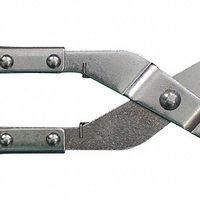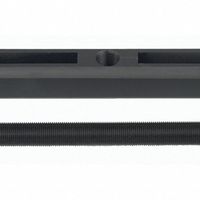Clutch tools significantly enhance vehicle repair efficiency by streamlining the process of diagnosing, removing, and installing clutch components. These specialized tools are designed to handle the specific requirements of clutch systems, reducing the time and effort needed for repairs.
Firstly, clutch alignment tools ensure that the clutch disc is perfectly aligned with the pressure plate and flywheel during installation. This precision prevents misalignment, which can lead to clutch failure or uneven wear, thus reducing the need for future repairs and ensuring smoother operation.
Secondly, clutch removal and installation tools, such as clutch forks and pullers, allow mechanics to efficiently disassemble and reassemble clutch components without causing damage. These tools are engineered to fit specific vehicle models, minimizing the risk of errors and ensuring a perfect fit, which speeds up the repair process.
Additionally, clutch bleeding tools facilitate the removal of air from the hydraulic clutch system, ensuring optimal performance and preventing issues like clutch slippage or engagement problems. This tool simplifies the bleeding process, making it quicker and more effective.
Furthermore, clutch pedal depressor tools hold the clutch pedal in a disengaged position, allowing mechanics to work on the clutch system without needing an assistant. This independence increases productivity and reduces labor costs.
Overall, clutch tools reduce the complexity and time involved in clutch repairs, minimize the risk of errors, and enhance the quality of the repair work. By providing precision, ease of use, and compatibility with specific vehicle models, these tools contribute to faster turnaround times, improved reliability, and increased customer satisfaction in vehicle repair services.

